Key Impacts from 1921-1962:
1921: Club members assisted civic agencies in getting out 108,000 pieces of printed material on behalf of “Starving Children of Europe.”
1921: Assisted with a recreation camp for girls on Fondulac Lake.
1924: Began classes for Girl Scout leaders.
1927: Maintained a storyteller once a week at Neighborhood House. For many years a Domestic Science class taught by our members was held in our kitchen for poor girls in Peoria.
1936: 37 World renowned speakers presented programs to PWC including the changing scene in Europe, Broadway, Music, Literature, Citizenship, World Affairs, and Art.
1939: Program on National Defense held on February 13.
1942: The first Red Cross Blood Bank was held at PWC.
1948: Assisted with Park Ridge School for girls.
1950: Furnished a room in the new addition at Methodist.
1959: Furnished a room in the new Proctor Community Hospital.
1961: Held a Midsummer Garden Party fundraiser for the Peoria State Hospital.
1962: Held 63 Amateur Musical Club concerts.















